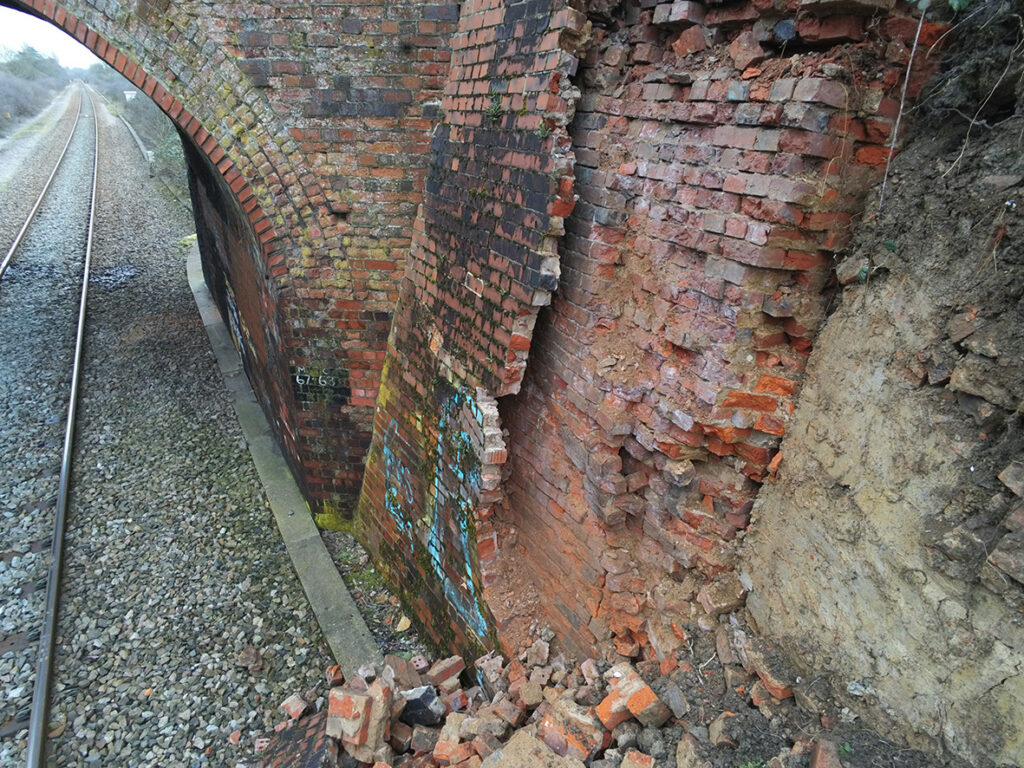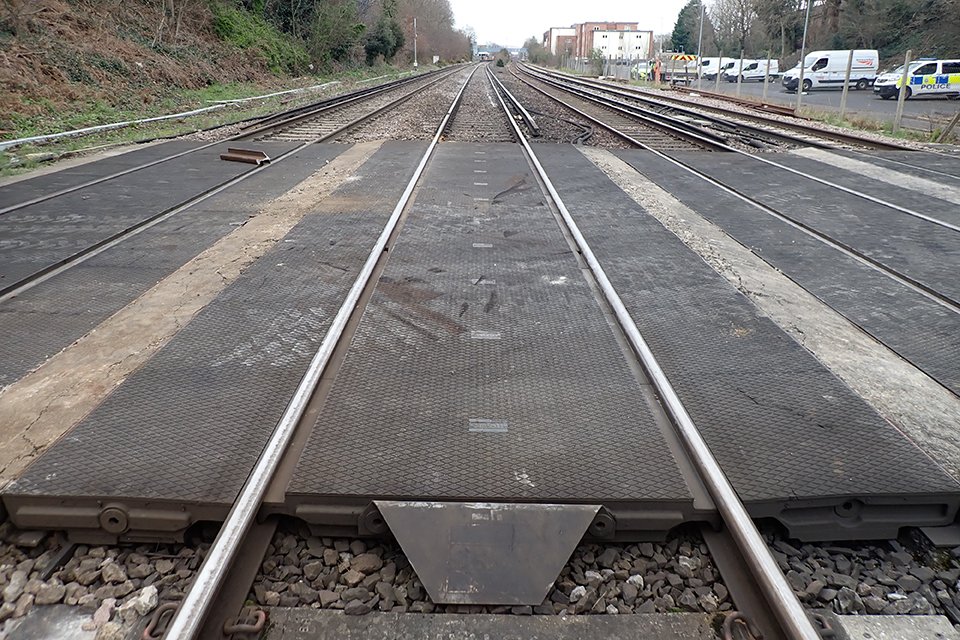Colin Wheeler
This year there will be a General Election, perhaps in October, and the funding of our railways, trams, metros, and indeed all forms of public transport will come under scrutiny. The critical nature of the challenge to get daily commuters to work each day has already been reduced by working from home and that will continue. There are places where office accommodation is no longer fully used and many shopping centres are experiencing lower foot fall. Could the cancellation of HS2 phases 2a and 2b possibly be reversed?
Equally important, I suggest, are reductions in private car use in all major conurbation areas and the building of low pollution trams and metros so that city centres can breathe again!
The Great British Railways Transition Team (GBRTT) is working away, and we need good political backing for proposals to grow and improve our railways, trams, and metros. I notice that the Office of Rail and Road (ORR) is also reviewing its organisation and has a Transformation Team at work. My perception is that a transition is likely to be less radical than a transformation.
Meanwhile, accidents and incidents continue to keep the Rail Accident and Investigation Branch (RAIB) busy. Indeed, I suspect they may justifiably claim to be overworked!
Fishguard trackworker near miss
This incident was announced by RAIB on 12 February. At 09:46 on 4 January, the trackworker was acting as both the Person in Charge (PIC) and Controller of Site Safety (COSS) with a small team undertaking vegetation clearance works. The plan was for all team members to “remain at least two metres from the open line”. A train approached around a tight curve at 53mph when its driver saw the worker on the track. The PIC moved clear a mere two seconds before the train passed. Following its preliminary examination, RAIB has decided to publish a Safety Digest.

Yarnton wing wall collapse
This accident occurred on 10 February 2023 and RAIB’s report 01/2024 was released on 1 February this year. The Great Western Railway passenger train from Paddington to Hereford was between Oxford and Hanborough when it struck rubble from a collapsed bridge wing wall at Yarnton. It was travelling at around 58mph and was damaged but did not derail. No one was injured. The bridge carries a local road over the railway. The wing wall was known to be in poor condition. RAIB’s report recommendations include improving repair work specifications and making safety condition information available. The train driver described the fallen brickwork as being 2.5 metres deep and 10 metres long when he reported it to the Control.
The relevant Network Rail Standard says: “the examining engineer is responsible for identifying aspects that could affect the operational safety of the structure” and must “assign a defect risk score and recommend remedial works.” Perfect is rated 100, but 40 or below indicates a heightened risk. Yarnton Road Bridge had an overall score of 28 with the southwest wing wall scoring just 20. RAIB concluded that the wing walls were unable to carry the imposed load and had “hidden defects resulting in the 2013 repairs being ineffective”.
RAIB’s recommendations include measuring methods for masonry wall bulges, reviewing procedures for specifying fractured masonry repairs, and the introduction of a standardised method of measuring the shapes of bulges in masonry walls. There are no references to risk assessing difficult and failing structures being examined by qualified chartered structural or civil engineers with professional liability responsibilities.
Pedestrian struck at Lady Howard crossing
This tragic accident occurred on 21 April 2022. An elderly pedestrian was struck by a train and killed at Lady Howard Footpath and Bridleway. The RAIB report 01/2023 was initially issued on 14 February 2023, but was subsequently withdrawn when fresh evidence came to light. Version 2 was then issued on 6 February this year.
Six near misses at the crossing had been documented between 28 March 2019 and 29 March 2021, and there was a fatality on 9 August 2019.

A risk assessment in October 2021 recorded Network Rail’s intention to install a motion-activated camera at the crossing in response to a number of incidents that it classified as deliberate misuse. Clause 52 of the risk management document states that: “Network Rail had not provided any effective additional risk mitigation at the crossing despite having deemed the risk to be unacceptable. This is a probable underlying factor.” The revised report quotes in detail from the ORR guidance document.
In January of this year Miniature Stop Lights (MSLs) were at last fitted. When a train reaches the strike in point, the lights change to red and an audible alarm sounds. The system also includes a spoken warning which is triggered if another train is approaching.
Trackworker hit by RRV
The RAIB investigation of this accident, which happened in the early hours of 6 February at Braybrooke Northamptonshire, is underway. A trackworker was walking alongside a road rail vehicle (RRV), directing it. A second RRV was working on the Midland Main Line which struck the trackworker causing leg injuries that required hospital treatment. RAIB has already completed a preliminary examination and consequently will publish a Safety Digest.
Train derailed by fallen trees
Also on 6 February, a passenger train was derailed at Thetford. It was travelling from Liverpool Lime Street to Norwich when it ran into trees that had fallen across the track from outside the railway boundary. The leading wheelset derailed, but the train was travelling at 83mph and ran on for 680 metres before stopping as a result of the driver’s emergency brake application. Two staff members and 31 passengers were on board, and one passenger suffered a minor injury. RAIB’s investigation is underway. It will consider the management and control of trees falling from outside the railway boundary, the crashworthiness of the train cab, and “the performance of the train in remaining aligned with the track while running derailed”.

Passenger train derailed at 85mph
On 4 March, a passenger train struck a piece of redundant rail on the Up Fast line on a railway access point on the approach to Walton-on-Thames Station and was derailed. The train was travelling at 85mph. Its leading set of wheels derailed but it remained upright and came to a stand 500 metres beyond the point of collision. Several hundred metres of track were damaged. The train was the first of the day following weekend working that included the recovery of redundant rails. RAIB has begun its investigation. It will consider the planning and management of the work, arrangements to ensure the lines are safe following work, the actions of those involved, and underlying management factors.
Image credit: RAIB

